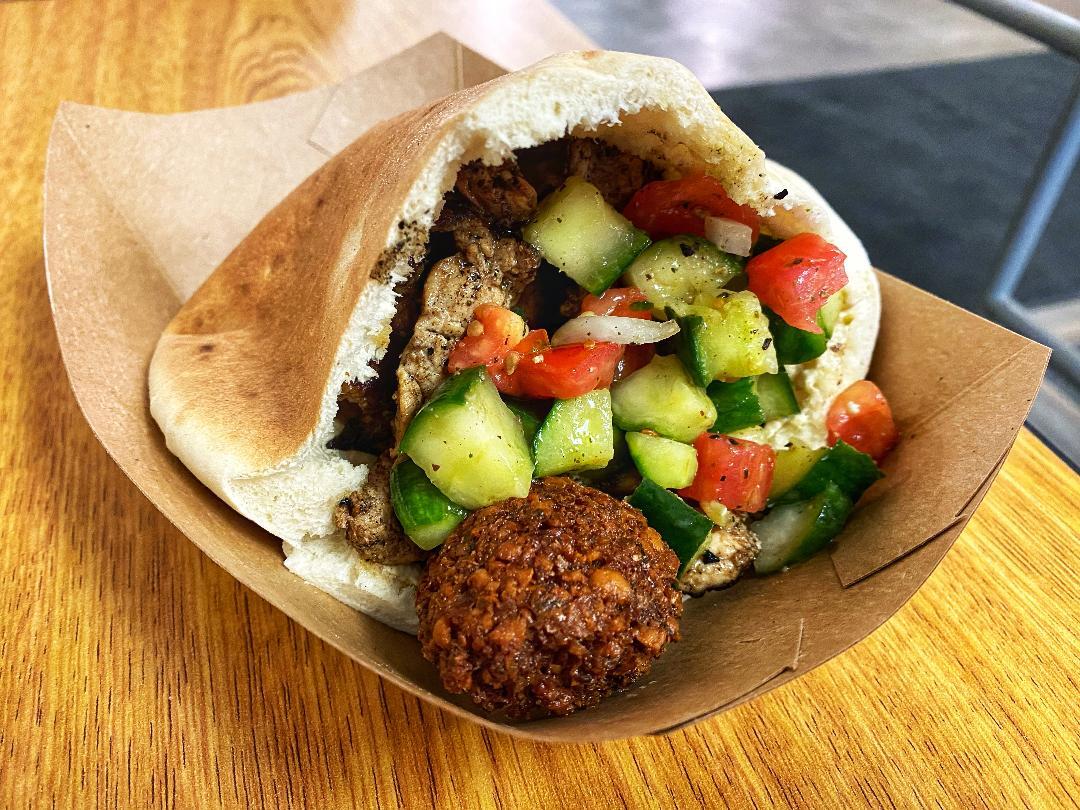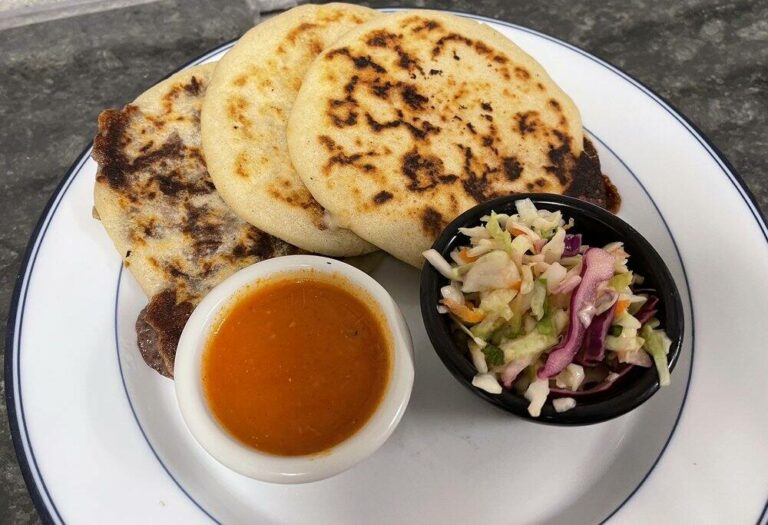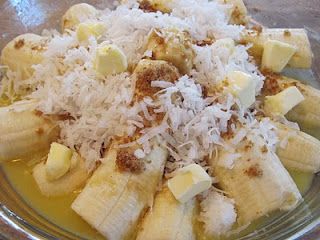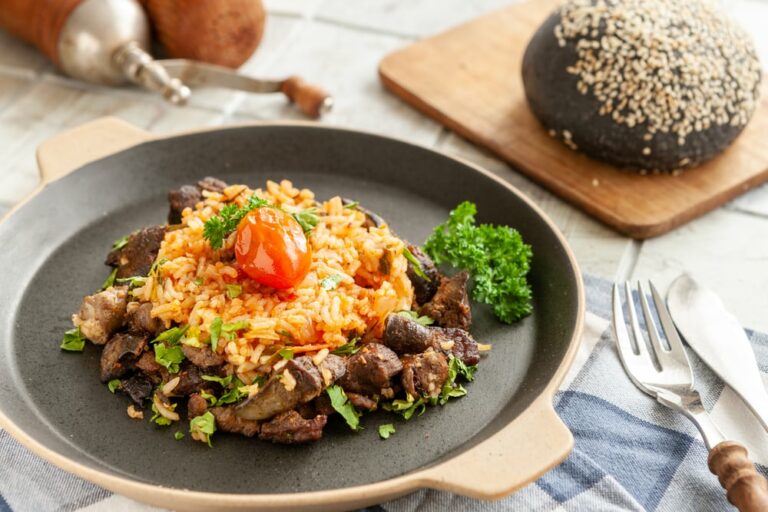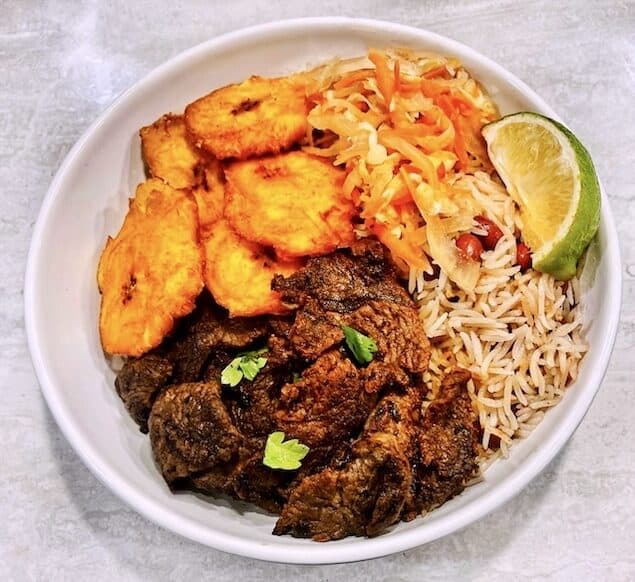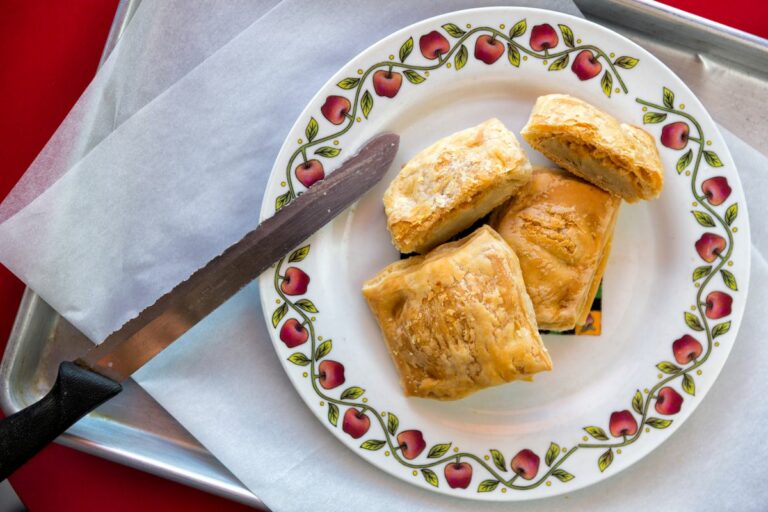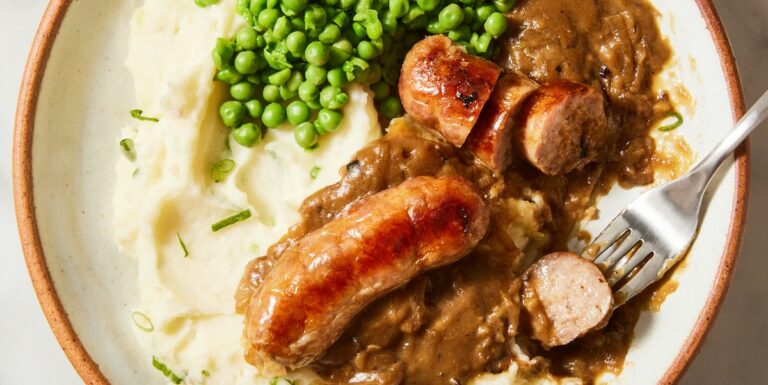Introduction to Ghanaian cuisine
Ghanaian cuisine is known for its bold flavors and unique ingredients that reflect the country’s diverse cultural heritage. The cuisine is a fusion of indigenous West African flavors with European, Indian, and Middle Eastern influences. Ghanaian dishes are typically hearty and filling, incorporating a variety of grains, vegetables, and meats.
Staple dishes in Ghanaian cuisine
The most popular staple dishes in Ghanaian cuisine are fufu, jollof rice, and banku. Fufu is a starchy dough made from cassava, yams, or plantains, which is eaten with a soup or stew. Jollof rice is a one-pot dish made with rice, vegetables, and spices, often served with chicken or beef. Banku is a smooth, fermented corn and cassava dough that is typically eaten with soup or stew.
Spices and ingredients used in Ghanaian cuisine
Ghanaian cuisine is known for its bold use of spices and herbs, including ginger, garlic, and chili peppers. Other popular ingredients include plantains, cassava, yams, and beans. Fish and seafood play a significant role in coastal cuisine, while meat dishes are more common in the interior regions of the country.
Popular street foods in Ghana
Ghana is famous for its street food, which is affordable, delicious, and widely available. Some of the most popular street foods include kelewele (spicy fried plantains), waakye (rice and beans), and kenkey (a type of fermented corn dough). Other popular snacks include bofrot (fried doughnuts), chichinga (spicy beef kebabs), and koko and koose (porridge and bean cakes).
Regional variations in Ghanaian cuisine
Ghanaian cuisine varies significantly from region to region, reflecting the country’s diverse cultural heritage. The northern regions of Ghana are known for their use of millet, sorghum, and tamarind in cooking. Coastal cuisine incorporates more seafood, while the Ashanti region is known for its use of spices and herbs. The Volta region is famous for its grilled tilapia and banku, while the Eastern region is known for its love of plantains.
Cultural significance of Ghanaian cuisine
Ghanaian cuisine is an essential part of the country’s cultural heritage, reflecting its history, traditions, and values. The preparation and sharing of food is deeply ingrained in Ghanaian culture, and meals are often eaten communally, with family and friends gathered around a large bowl of fufu or banku. Ghanaian cuisine is also important in religious and social ceremonies, such as weddings and funerals, where food is used to symbolize unity and respect. Overall, Ghanaian cuisine is a celebration of the country’s rich history and cultural diversity and plays an integral role in its social and cultural fabric.


